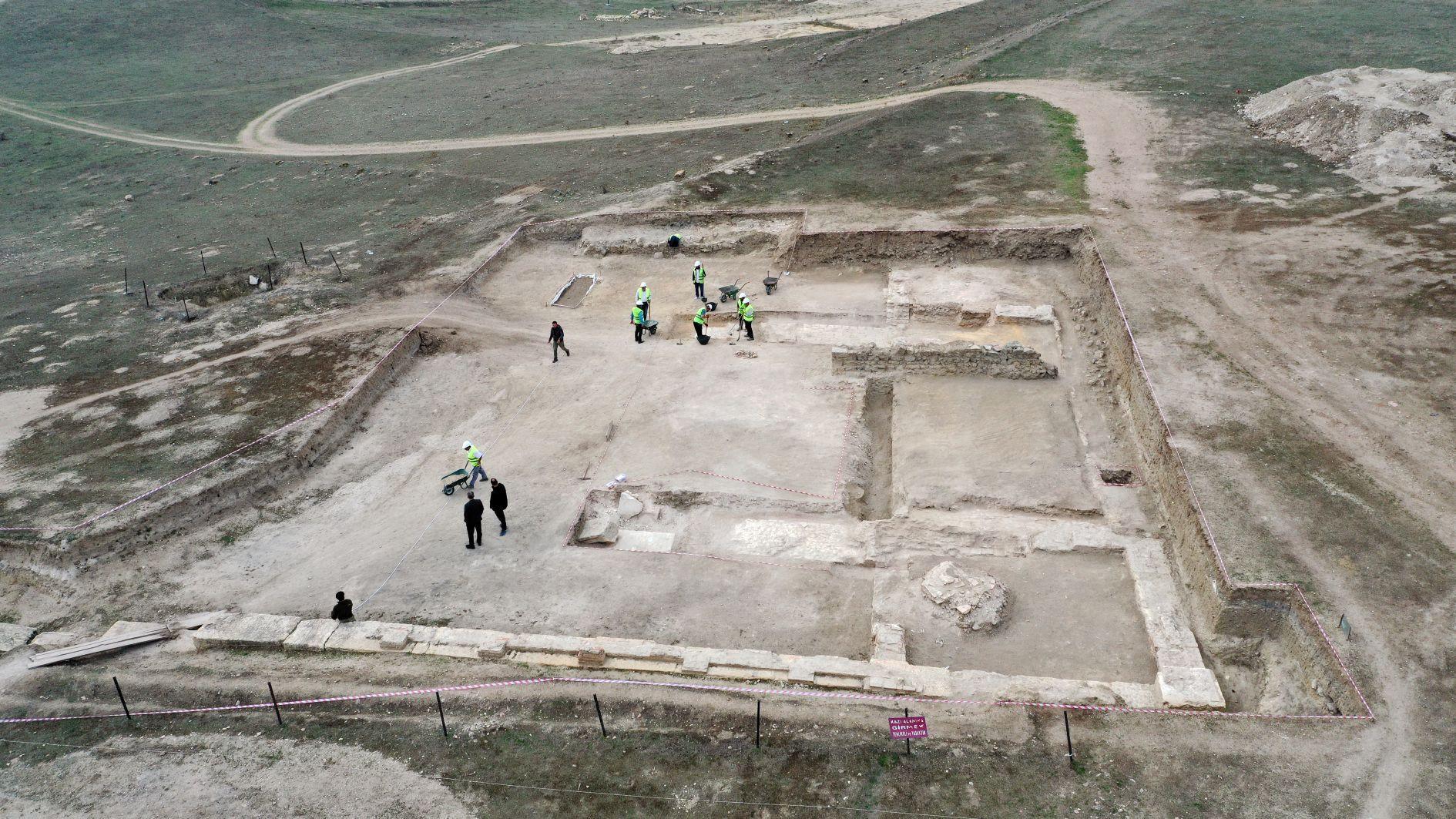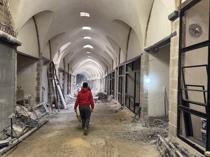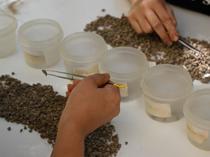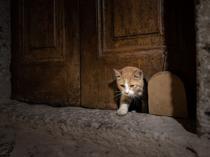Pompeiopolis may become a pilgrimage center for Christians
KASTAMONU

A martyrion has come to light during ongoing excavations in the ancient city of Pompeiopolis in Kastamonu’s Taşköprü district, with new findings suggesting its role as an early Christian pilgrimage site and potential for future visitors.
Located in the Zımbıllı Hill area, the ancient city served as the capital of the historical Paphlagonia region. Excavations at the site began in 2006 under the direction of Associate Professor Mevlüt Eliüşük from Karabük University’s Department of Archaeology.
Eliüşük said that this year’s excavations, which began in July, are planned to continue until mid-December. He noted that Pompeiopolis once served as the capital of the Roman province of Paphlagonia and that martyria — shrines dedicated to Christian martyrs — have been partially excavated at the site in previous years.
“In 2024, we uncovered the city’s Odeon theater. In 2025, we plan to continue intensive work, focusing especially on the martyrion area that had been partially excavated before. This year’s extensive studies there revealed important evidence suggesting that Pompeiopolis may have been a pilgrimage site,” Eliüşük said.
Providing details about the ongoing work, Eliüşük explained, “Our team carried out a one-month excavation in the martyrion. We also worked extensively on a Roman villa, uncovering sections such as its fountain and entrance gate that had not been fully revealed in previous years. In addition, we are conducting a detailed restoration of the villa’s unique floor mosaics. In 2025, our main efforts will focus on the Roman basilica, which initially served as a market and courthouse during the early imperial period but later became one of the city’s most important religious structures as a bishopric center.”
Eliüşük said the excavation team consists of 16 members, including art historians, archaeologists, restorers, conservators and local workers.
Highlighting the significance of the findings, he added, “We have an octagonal structure — domed and supported by columns — that we identified as a martyrion. Such buildings also functioned as pilgrimage centers. The new findings from Pompeiopolis confirm the presence of a martyrion, suggesting that the city could one day be recognized as a Christian pilgrimage site. This discovery provides valuable insight into the archaeological and tourism potential of Kastamonu and Taşköprü. Our 2025 excavations are expected to be highly productive, and we plan to continue working on these structures in 2026.”
















